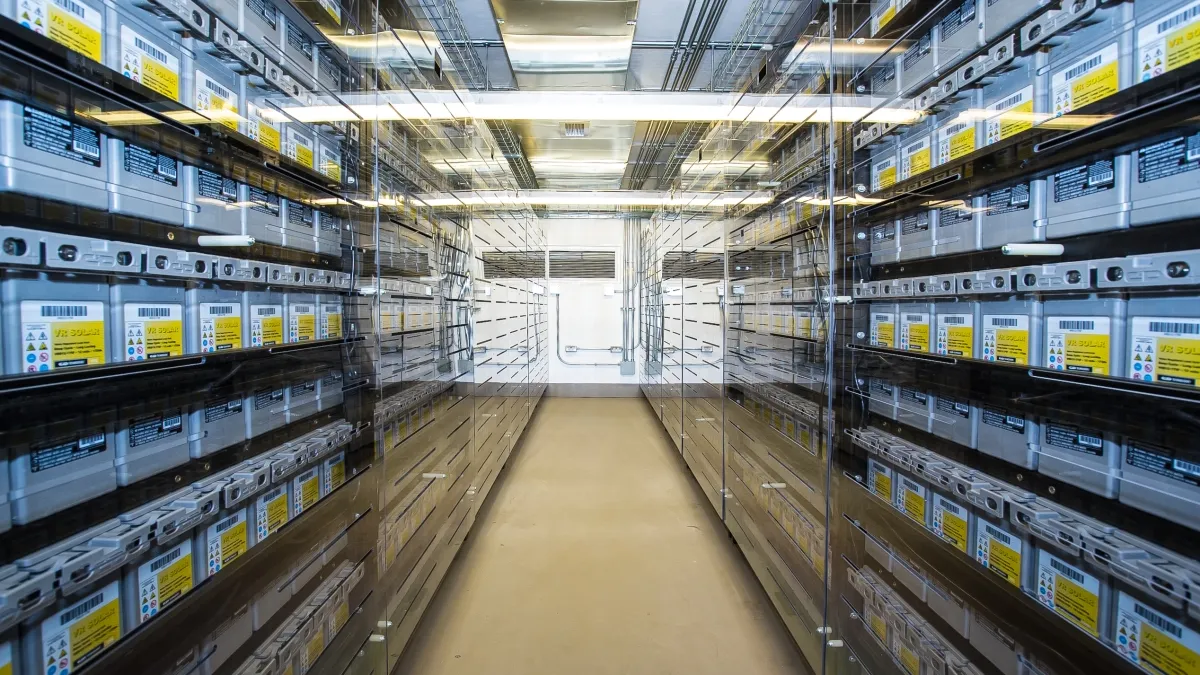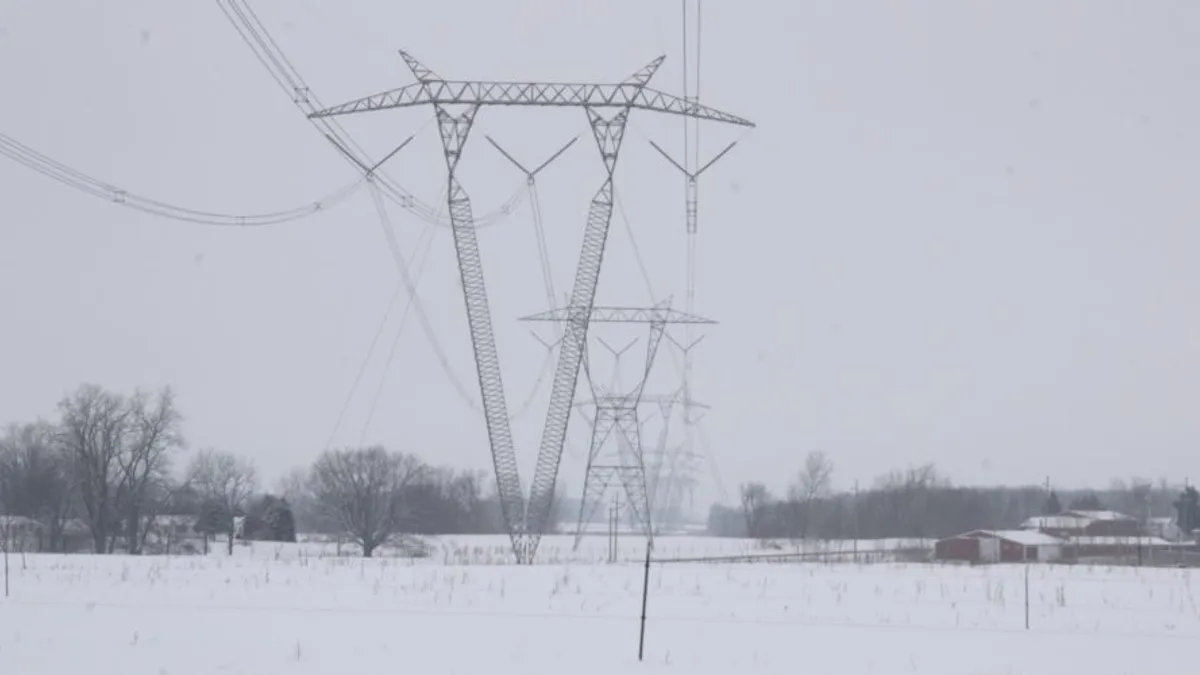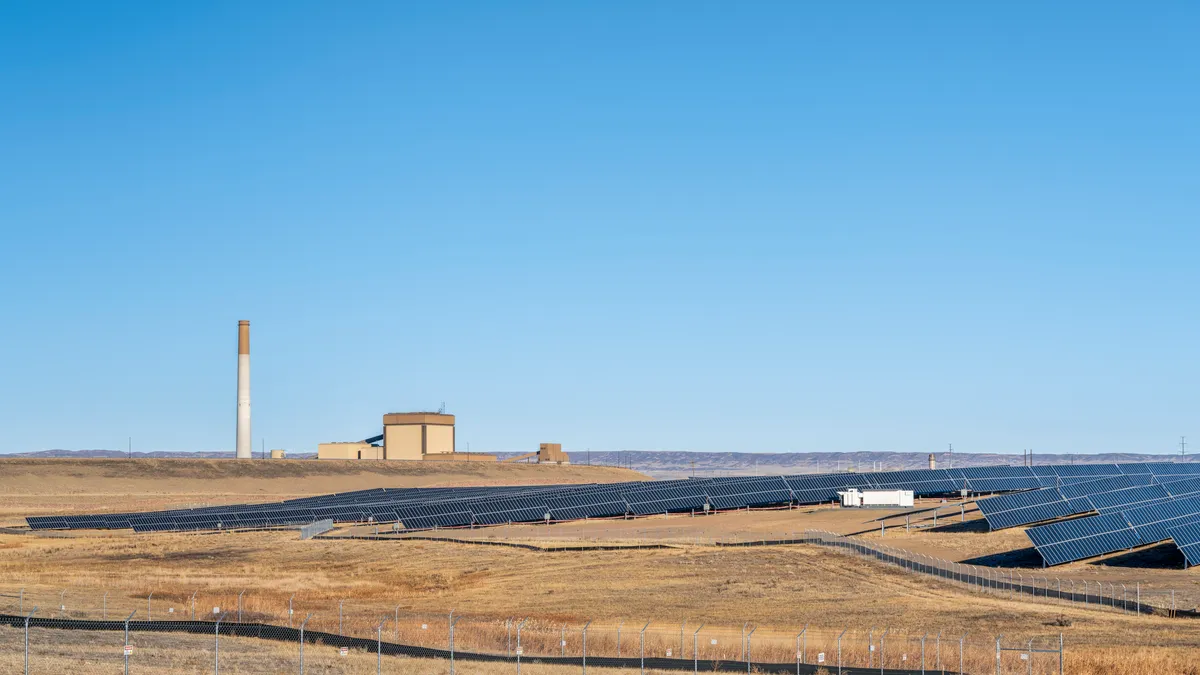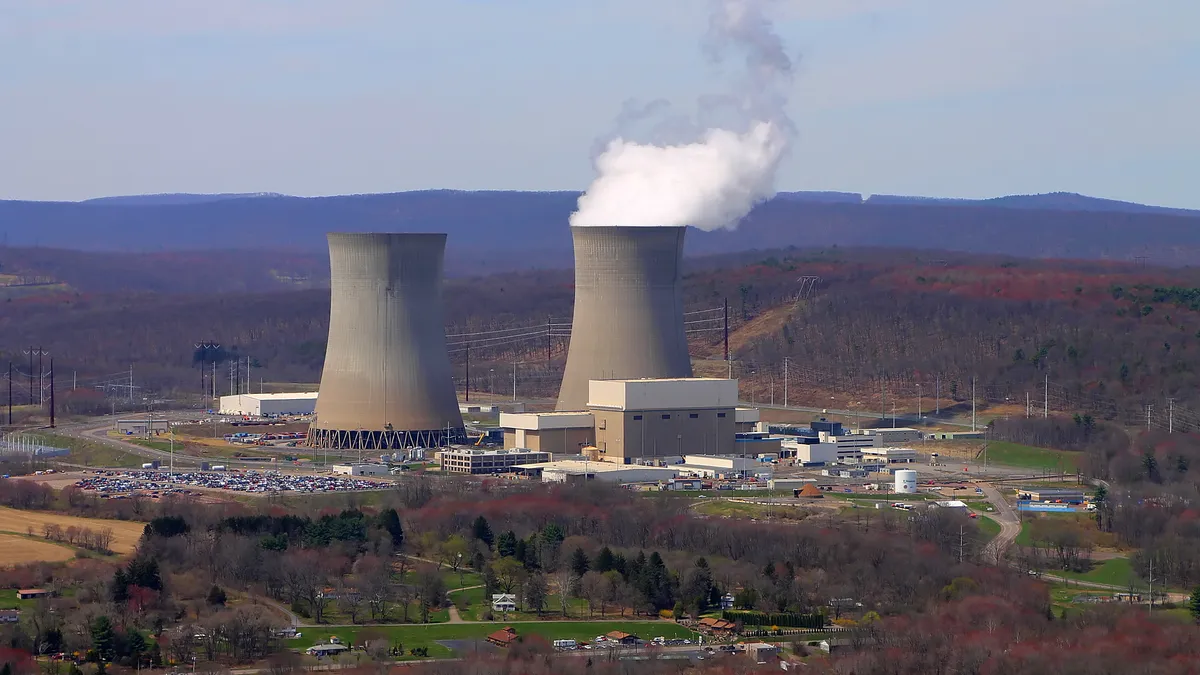The success of California’s revamped Self-Generation Incentive Program can be measured by the fact that most of the allocated funds sold out in the first day, but that obscures many of the complexities of the program.
As developers become more familiar with the mechanics of the program, a detailed understanding of the program will likely play an even great role in how developers approach the program in as it enters its second phase, scheduled for June.
SGIP is not set up like a solicitation in which award are granted to the least cost project. There is no bidding for SGIP funding, which has become California’s premier incentive program for customer sited energy storage.
The architects of the program felt that a traditional solicitation would tend to concentrate market power in the hands of a few large players with the resources to assemble bids that could block out smaller companies. So, instead, SGIP uses an application process.
If all of the funds are not used in 24 hours, the applications submitted that day are awarded on a first-come, first-served basis, and the remaining allocation amount is rolled over into a second or third day or as many days as are needed to use up all the funds.
But if the value of the applications is greater than the available funds, then the applications go into a lottery in which each application is assigned a random number, and grants are awarded based on the numerical order of the assigned numbers. In that process, solar-plus-storage facilities and storage sited in the West Los Angeles Basin area affected by the Aliso Canyon gas leak are granted priority.
The allocation process continues until all the funds are used, but a lottery is only triggered if demand outstrips available funds.
With such a potentially randomized process, it would seem that there is little a developer could do to ensure success, but that is not entirely true.
“The SGIP is a complicated program, from qualification through compliance, and competition for funding is fierce,” says Mark Higgins, COO of Strategen Consulting, which this week released a report on the SGIP process in partnership with Utility Dive.
“It’s extremely important to understand the program rules and how they impact project economics to maximize your likelihood of success," he said.
SGIP’s lottery structure was put in place over a year and a half of discussions and debates between stakeholders and the California Public Utilities Commission.
The revisions to the program were called for after controversy arose over the possible gaming of the system. Since its inception in 2001, SGIP funds were awarded on a first-come, first-served basis. But that process allowed some developers to flood the system with applications and win a lion’s share of the awards.
According to media accounts, Bloom Energy was able to win $400 million of the program’s cumulative $1.4 billion of allocated funds, and Stem was able to monopolize the submission process for energy storage projects, according to an analysis by Greentech Media.
That created enough controversy that the California Public Utilities Commission put the program on hold until it completed the revisions. The PUC released the new rules in June 2016.
The storage lottery
The revisions introduced the lottery to process to avoid issues that arose out of the first-come, first-served process. The PUC also restructured other aspects of the program.
SGIP was originally designed to incentive a wide range of clean energy technologies, but some environmental interests raised concerns about the emissions from technologies such as fuel cells and CHP plants. Those technologies are still in the program, but now at diminished levels. The PUC also doubled the program’s budget and allocated 85% of the increase to storage, shifting the emphasis of the program heavily toward energy storage.
Energy storage had already been creeping up in the percentage of allocations. Beginning in 2011, storage projects made up the largest number of projects receiving funding, facilitating the deployment of 51 MW of behind-the-meter storage, mostly for commercial customers, with another 78 MW in the development pipeline, according to Strategen’s analysis.
With the current allocation, 79% of the $566 million budget now allocated for energy storage.
The budget amount is stretched over five “steps,” and each step has separate allocations for different technology classes. Steps are separated by a pause period of no less than 20 days. The step between the first and second steps, however, is likely to as much as 30 days as the mechanics of the newly revised program are worked out.
The total for the first step, which just closed last week, was $90 million. That rises to $156.5 million in the second step, and then $154.6 million, $115.2 million and $50.2 million in the subsequent steps, respectively.
The funding allocations that, for whatever reason, are not able to move into completion are rolled over into subsequent steps.
Each step is divided into four technologies: renewable generation, general generation, large energy storage (> 10 kW) and small residential storage (<10kW). Large scale storage is further divided into projects that elect to take the investment tax credit and those that do not take the ITC. Projects that take the ITC – mostly solar-plus-storage projects – receive a lower incentive than projects that do not.
In the first step energy storage projects received an incentive of $0.50/kW. In the second step incentives drop by 10 cents to $0.40/kW. The incentive step-down continues in that fashion for each step, as long as all the allocated funds in a step are used up within 10 days. If it takes more than 10 days to use up the available funds, the incentive steps down in $0.05/kWh increments.
Incentives for solar-plus-storage projects also step down, but they start at a different, lower level to adjust for the value of the ITC. In the first step, for instance, the solar-plus-storage incentive was $0.36/kW.
The overall idea is to adjust incentive levels to the supply and demand for each of the various types of projects, Higgins said. But that also adds to the complexity of the program and, he says, can affect a developer’s biding strategy.
The PUC also got rid of a 40% cap on any one technology in a given category and, instead, introduced a 20% developer cap. The idea is that restricting the market share that any single developer can win will encourage increase economies of scale and increase competition among developers.
Sizing up the market
According to Strategen’s analysis, the newly expanded SGIP is likely to increase the size of the state’s behind-the-meter energy storage market by anywhere from 623 MW to 1,242 MW by 2020, of which 96 MW to 122 MW would be small residential storage systems.
Added to storage already in the pipeline from previous SGIP solicitations, and analysts say cumulative deployment could reach up to 1.37 GW (2,745 MWh) by 2020.
But the scenarios of how much storage the SGIP incentives will stimulate resulted in a wide deployment band because the level of deployments will depend on how fast the funds are allocated and how much of the storage is paired with solar, Higgins said.
If funds are used quickly, the incentives step down more quickly. And if deployments are paired with solar, the incentive is lower so the program funding goes further. So California would get more storage capacity for each SGIP dollar spent the faster the step-downs and the more projects are paired with solar.
In Strategen's most aggressive scenario (Scenario 3), annual deployments are close to 800 MW (1600 MWh) in 2018. In the more conservative scenarios (Scenario 1 and Scenario 2), deployments in 2018 are roughly 456 MW.
Those variables are also factors that a developer should consider when putting together an SGIP bidding strategy.
For instance, even though solar-plus-storage projects receive lower incentives, pairing the technologies could be the better option for a developer. A solar-plus-storage project would be eligible for both the ITC, as well as the accelerated depreciation program. And it’s also important to note that solar-plus-storage projects get preferential treatment in the lottery process. They are given priority in both the C&I and residential categories.
Developers also have to pay attention when pairing solar and storage because the rules stipulate that 75% of the power used to charge the battery has to come from onsite generation, solar panels for instance, regardless of whether or not the developer intends to claim the ITC.
The program also has rules on the size and duration of storage projects. Larger and longer duration projects can have their incentives reduced. “There is a sweet spot when it comes to designing a project to optimize its economics under SGIP,” says Higgins.
SGIP’s complexity may seem daunting, but the overall intent of the program and its new changes – the lottery, the declining incentives, the developer caps – is to stimulate market demand and encourage new entrants into the market in order to create economies of scale.
“You are going to see a lot more developers get a piece of the pie than in the past,” says Higgins.






















